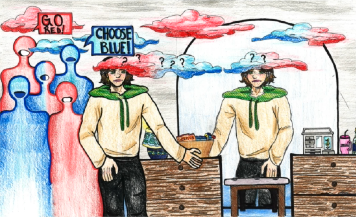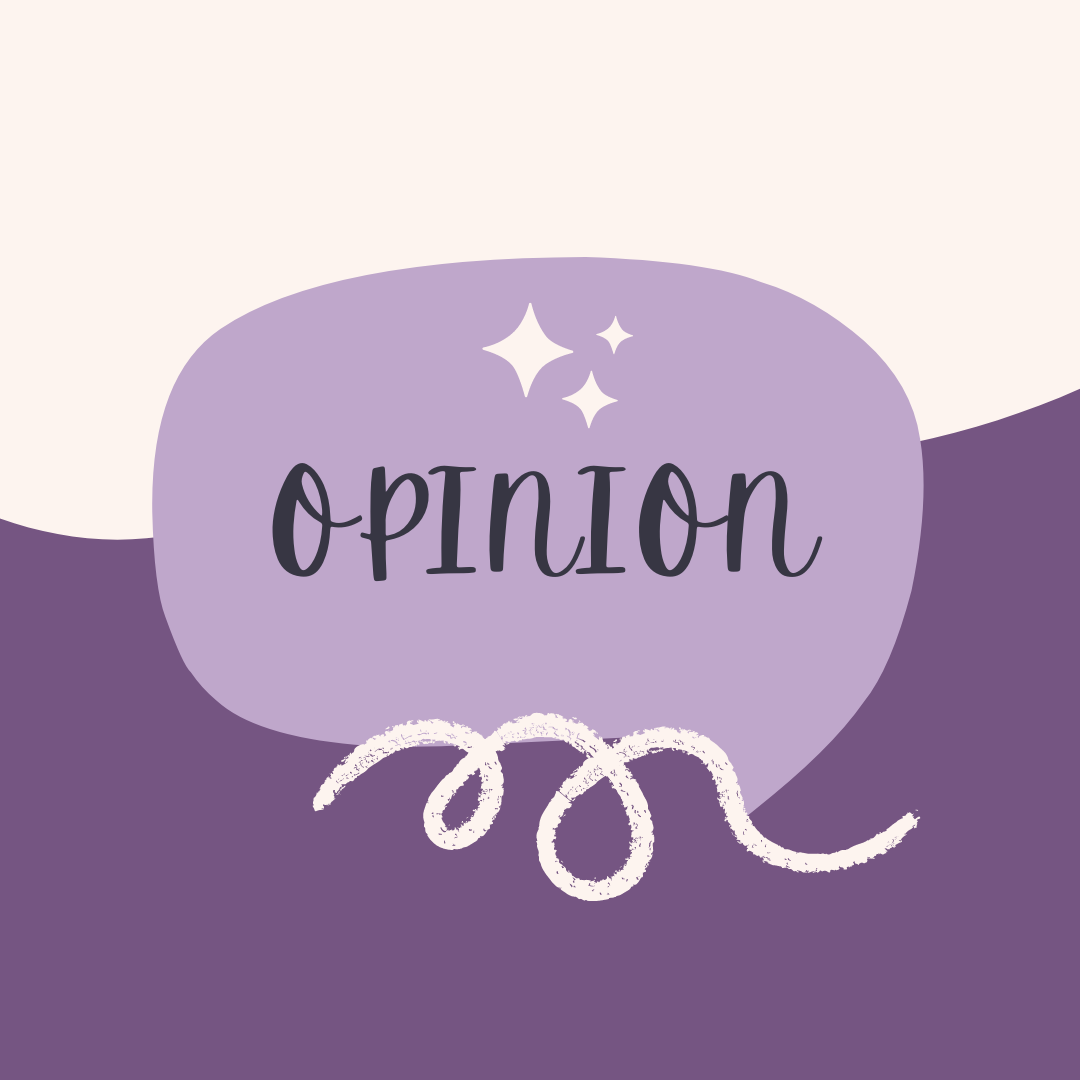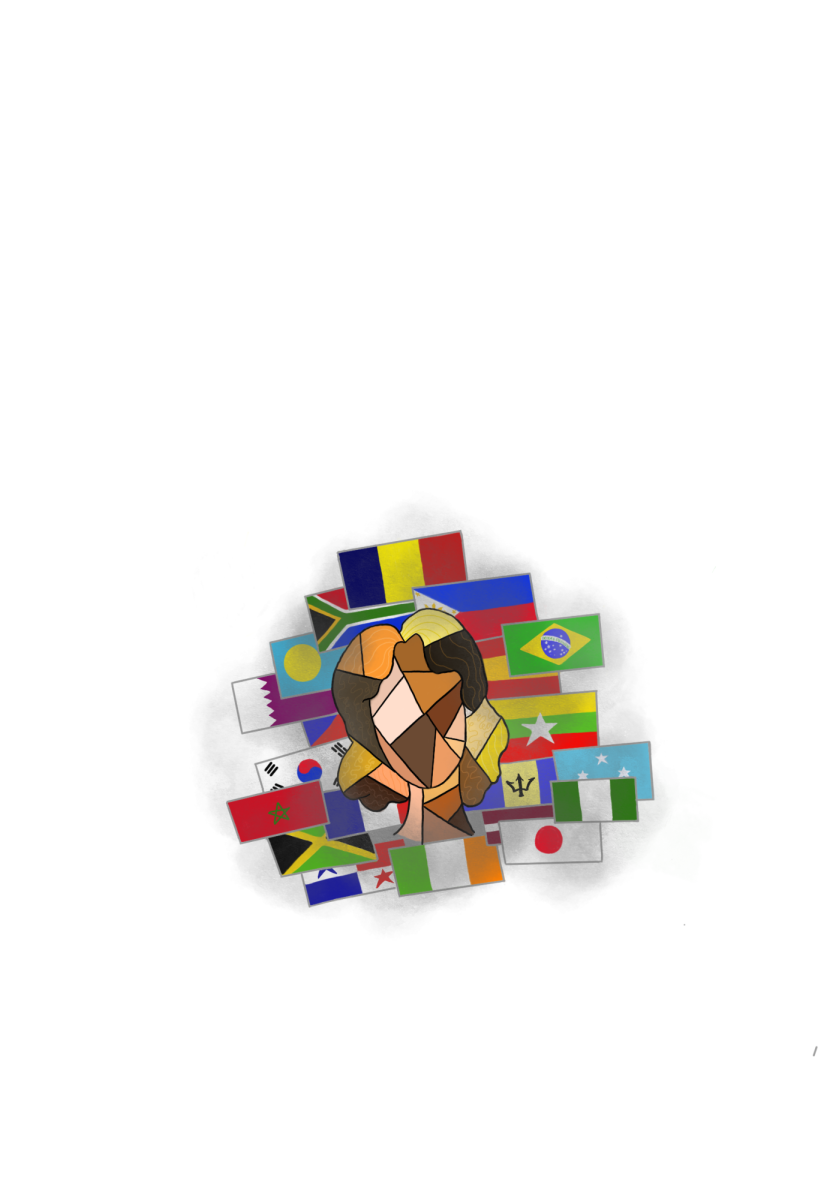In today’s world, social media is everywhere and it’s affecting Kaneland students in numerous ways. Sure, it promises connection, but let’s be real–those constant pings and updates are like distractions on steroids, pulling their attention away from homework and resulting in endless scrolling. Then there’s the comparison game. Everyone’s posting their highlight reels, making others feel like they’re not measuring up. As Kaneland students get caught up in the online world, their focus and real-life friendships take a hit. Social media is meant to bring people together but often causes other problems and distractions. Fortunately there are a few ways students can reduce the amount of negativity they encounter on social media.
According to Gallup News, high school students spend 4.8 hours on social media per day. From my perspective, Tik Tok and Snapchat are the more popular social media platforms that Kaneland students use. However, these apps create challenges for many students. Their addictive short-form content and disappearing messages create an environment where the lines between real life and the digital world blur. The appeal of viral Tik Tok trends and the constant need for the perfect snap on Snapchat intensifies the comparison game. This increases the pressure on students to mold themselves into this often unrealistic standard. “It’s really easy to compare yourself to others when you see posts about them going on fancy trips, or seeing all of the expensive things they own,” sophomore Lilly Leuer explains.
Caught in the whirlwind of Tik Tok trends and Snapchat pictures, Kaneland students may find themselves facing new sets of challenges that extend beyond the screen. The impact on academic performance becomes increasingly evident when these addictive apps come into play. The compelling nature of these apps is designed to keep users scrolling and engaged, and this can become a struggle for those who need to focus on their studies. Gallup News points out how technology companies manipulate users into spending more time on these apps through their design. Although some may say social media allows people to stay connected and have constant updates, I find it very distracting. In my own personal experience, it is increasingly difficult to center my attention on homework assignments when my phone is in close proximity. The buzz of my phone or the light on the screen distracts me when I am trying to concentrate.
As if the academic challenges fueled by social media weren’t enough, the negative impact extends further into the cruel reality of mental well-being for students. The constant exposure to social platforms opens the door to a storm of harsh comments and criticism, creating an environment where cyber bullying thrives. Social media has transformed where and when bullying takes place. “I’ve seen a lot of fights that go on via Snapchat [with Kaneland students],” Leuer says. This can have an extreme and damaging effect on Kaneland students, harming their self-esteem, mental health and overall sense of well-being. According to a 2018 Pew Research Center report by Monica Anderson, about 59% of U.S. teens have been bullied or harassed online, and several say it’s a major problem for people their age. I feel that this is an accurate statement since I have seen so many hateful and rude comments through my experiences of social media.
Evolve Adolescent Behavioral Health, a California-based service that helps teens and their families with mental health, substance abuse or behavior issues, explains that the cyber bullying on social media puts teens at a higher risk of developing depression and anxiety, affecting their self-esteem and causing them to isolate themselves. While social media can potentially increase self-esteem and improve sense of belonging, it creates a negative environment and leads to isolation. Several of my peers deal with this issue often. People will frequently use social media as a way to spread rumors and lies about others. “Yes, being able to contact people over social media can be a great thing. But that also means that people can become socially isolated because everything is online now and people are having less and less face-to-face interactions,” Leuer says.
To counteract the detrimental effects of social media-induced isolation and cyber bullying, creating an active approach is essential. Both teachers and parents should educate students with effective coping mechanisms and strategies for responsible social media use that can pave the way for a healthier online experience. There are several ways to help minimize negative impacts of social media. I often put my phone on “do not disturb” to take a break from the constant social media notifications. I choose to ignore negative comments or report and block the account. Another way to create a healthier online experience is by limiting screen time. Apple iOS and other mobile platforms provide time management tools that aid in reducing screen time.
The extensive influence of social media on Kaneland students unfolds as a double-edged sword. While promising connectivity, it delivers a bombardment of distractions, sparking a crisis of focus and real-life connections. The statistics shown illustrate a concerning 4.8 hours spent daily on platforms like Tik Tok and Snapchat and negatively influencing academic performance and mental well-being. Cyberbullying, a 24/7 online reality, adds to the negative landscape. However, proactive measures, such as setting boundaries, managing screen time and disengaging from negativity, offer a healthier online experience. Taking these measures into account promises a healthy balance and the well-being of Kaneland students.






